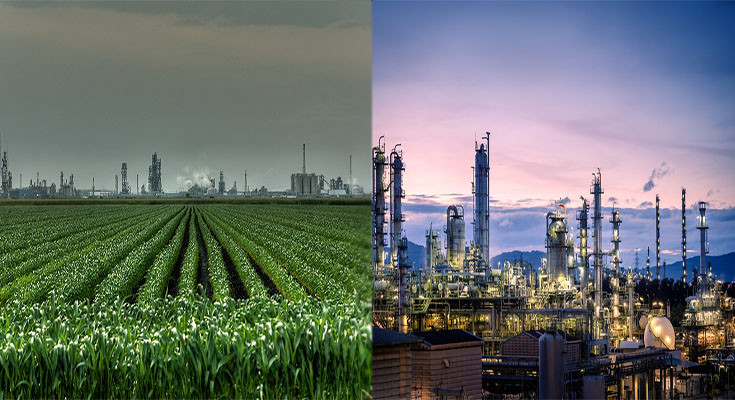An industry is a type of taxonomy used to categorize businesses, organizations, and traders. Industries are typically divided into primary, secondary, and tertiary sectors. In turn, these sectors are often grouped according to products, production processes, and financial markets. The process of industry classification can be complicated and confusing, so here are some key terms to remember. This article will introduce some of the more common industry classifications.
Primary industries
The primary sector of an economy includes activities that primarily use natural resources. These include agriculture, forestry, mining, and other sectors that use deposits and other raw materials. The definition of a primary industry is somewhat flexible, however, as some mining industries fall into the secondary sector. In this article, we will look at the differences between primary and secondary industries. In addition, we will look at what each of these sectors has in common.
While primary industries are considered to be essential for society, these are not the only industries that make use of natural resources.
The primary industry produces the raw materials needed by other sectors. It involves the collection and processing of natural resources, such as energy and raw materials, into finished products. Primary industries make up a large portion of economies in developing nations, and are a vital part of those economies. However, they do not produce the finished products that other industries create. Despite the many benefits of primary industries, these sectors are not nearly as important in developed countries as they are in developing ones.
Secondary industries
The second classification of industries is called the secondary industry. These types of industries process raw materials into finished products. They help in industrialization and employ almost 20 percent of the workforce in developed countries. These workers are often referred to as blue-collar workers. Examples of goods produced by secondary industries include processed foods, tea, and frozen foods. Other goods produced by secondary industries include furniture and textiles, steel, and automobiles. Shipbuilding is another example of a secondary industry.
Primary industries are concerned with extracting, preparing, and packaging raw materials. Secondary industries, on the other hand, process these raw materials into finished goods and offer them to consumers. Some secondary industries use conventional methods to produce products. Secondary industries typically use more advanced technology and processes to produce goods. They also use modern logistical systems to ensure efficiency. Primary sector activities include agriculture, forestry, mining, fishing, and quarrying. The tertiary sector consists of services and trade.
Tertiary industries
The tertiary sector is the part of an economy that provides services. This sector is one of three different kinds of industries. The other two types are the primary and secondary sectors. The tertiary sector is known to provide more specialized services for specific needs. Generally, these industries are not as widely distributed as the primary and secondary sectors. Hence, there are many industries within the tertiary sector that make up most of the economy.
The services sector makes up a large part of tertiary industry. These activities offer expertise and knowledge to make people and organisations more productive, efficient, and sustainable. Some of these activities are specialized, such as health care, hair cutting, tattooing, and pet grooming. Services to animals include pet groomers, animal breeders, and stray animal care facilities. Hospitals and medical facilities also fall under the tertiary industry.
Quaternary industries
The Quaternary Industry is a part of the economy in many countries around the world. These industries are based on the use of new technologies and high-level education. Workers in this field do not simply collect raw materials and create products; their skills and intelligence are also vital in operating highly advanced technologies. Quaternary industries have been a growing field in recent years. In addition to its numerous benefits, these industries are also growing in popularity.
There are overlapping areas between the Tertiary and Quaternary industries. These industries include universities, colleges, research and development, and knowledge-based producer services. Quaternary industries are often core-oriented but exhibit a weak tendency toward peripheral growth. The R&D sector, for example, shows a dualistic pattern of growth, with a high degree of centralization in elementary services and peripherality in more advanced ones.





